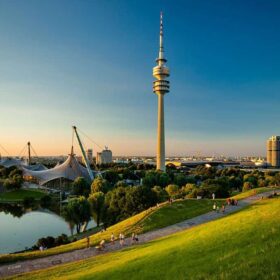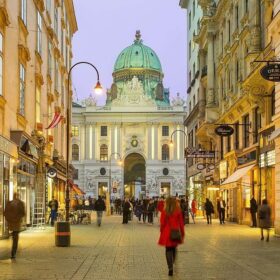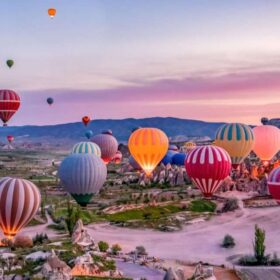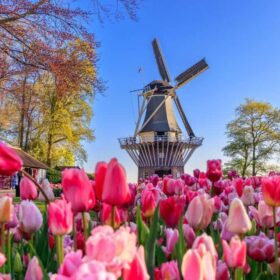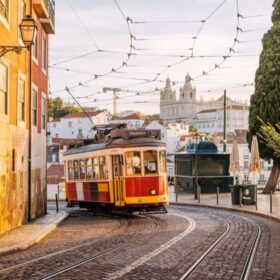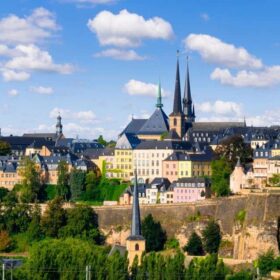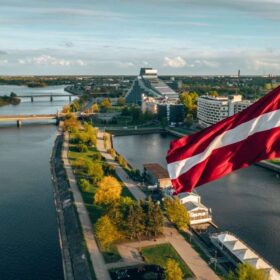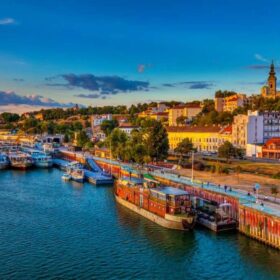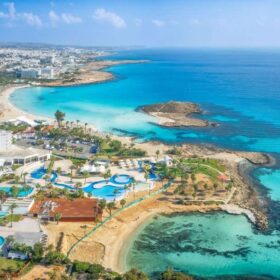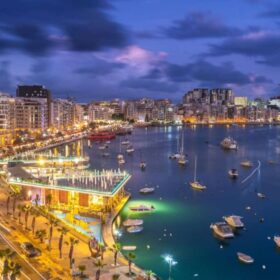Ireland is full of thrilling adventures and amazing travels, with unspoiled beauty, a rich cultural heritage, and friendly folks. Ireland may be a tiny island, but it is jam-packed with wonderful attractions. Centuries-old abbeys and cathedrals dot the landscape, amid millennia-old relics and ruins, and there are castles and stately residences abounding to explore and discover on this famously green island.
Ireland has a turbulent past that is represented in the variety of historic structures that attract people from all over the globe. It was home to Celtic civilization, early Christianity, Norman invaders, even Vikings, and eventually the English.
Its natural scenery, which includes breathtaking waterfalls, dramatic coastlines, rock formations, mountains, and gorgeous valleys, not only serves as a background to Ireland’s popular man-made attractions, but also draws hikers, bikers, and nature lovers year after year.
But, with so many natural and historical tourist sites in Ireland to pick from, which should you see during your vacation? Here’s a thorough list to whet your appetite, pique your curiosity, and help you navigate both the Republic of Ireland and Northern Ireland.
1. The Cliffs of Moher
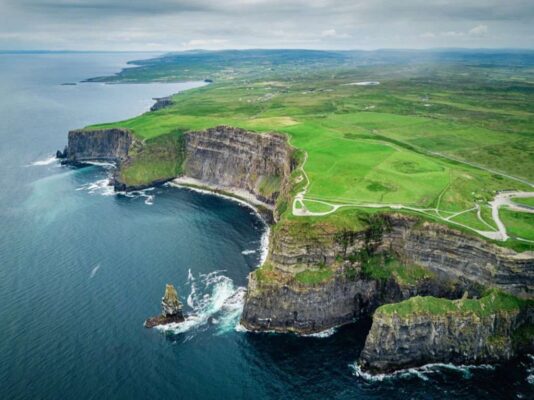
Rising 214 meters above the depths of the Atlantic Ocean and extending a magnificent 8 km, you’ll find the dramatic Cliffs of Moher in County Clare. These rugged cliffs captivate visitors not only with their sheer grandeur but also with the stunning vistas they offer of the breathtaking landscape. On days of clear visibility, one can marvel at the sights of all five surrounding counties, along with the enchanting Aran Islands.
These awe-inspiring cliffs also provide a habitat for Ireland’s most extensive mainland seabird colony. This bustling avian community, which includes charming Puffins, thrives between the months of April and July!
2. Blarney Castle
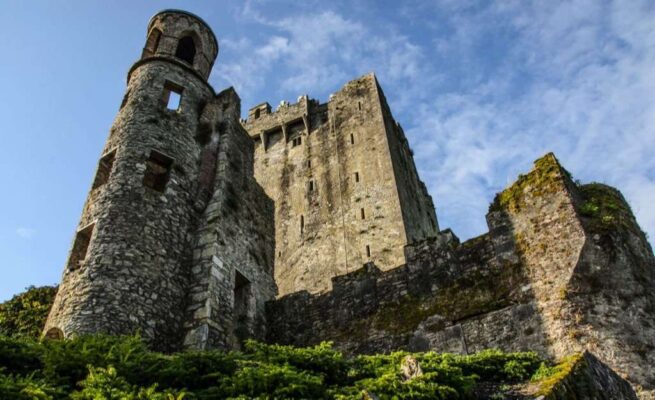
Lean over the parapet at the renowned Blarney Castle, just as countless others have done in the past, and plant a kiss on the famed Blarney Stone. Legend has it that those who successfully bestow a kiss upon this enigmatic stone are granted the coveted ” gift of the gab.”
However, the enigma of the Blarney Stone is not the sole captivating feature at Blarney Castle. With its origins tracing back to 1446, this medieval fortress comprises a labyrinth of stone corridors and dim dungeons. Embark on a guided tour to uncover the concealed mysteries of the castle and explore the vast expanse of verdant gardens that surround it.
3. Killarney National Park
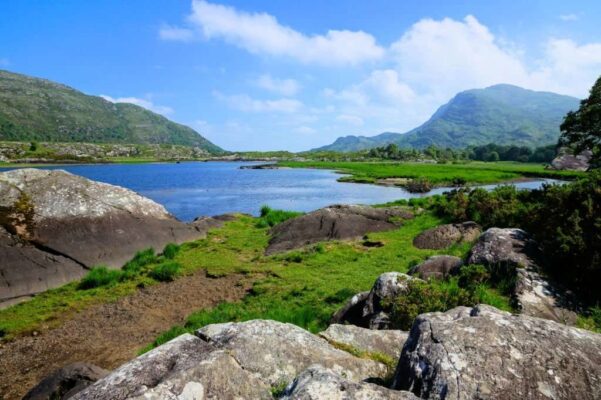
Make sure to include Scenic Killarney National Park in your Ireland travel plans. The park not only houses a grand 19th-century mansion adorned with ivy but also boasts a mesmerizing landscape that forms a Biosphere Reserve.
Encompassing three splendid lakes and Ireland’s largest stretch of native forest, Killarney National Park’s exquisite beauty is truly enchanting. The optimal approach to immerse yourself in the splendor of Killarney is by embarking on an 11-kilometer drive through the Gap of Dunloe, traversing a terrain shaped by ancient glaciers.
4. Trinity College
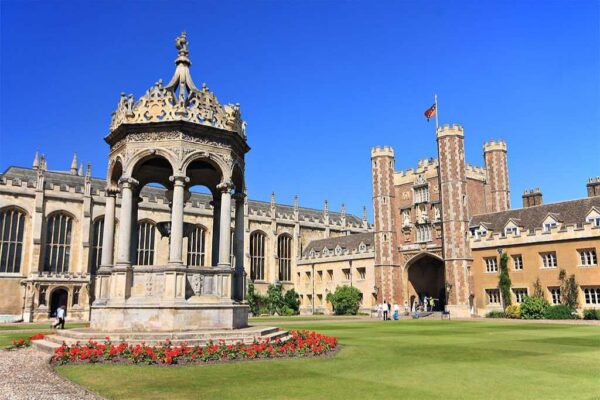
Trinity College, Dublin, is Ireland’s oldest university, established in 1592 by Queen Elizabeth I. Situated at the heart of the vibrant Irish capital, the campus brims with historical significance. Once within the college gates, the aura of history springs to life, transporting you to a bygone era.
Trinity College educated some of Ireland’s most famous personalities, including the country’s first president, Theobald Wolfe Tone, as well as Oscar Wilde and Samuel Beckett.
Enthusiasts of Harry Potter will delight in knowing that the university’s remarkable Long Room served as the inspiration for the library in the beloved series. The campus also harbors concealed treasures, among them the Book of Kells, an invaluable illuminated manuscript from the 9th century.
5. Glendalough Monastic Site
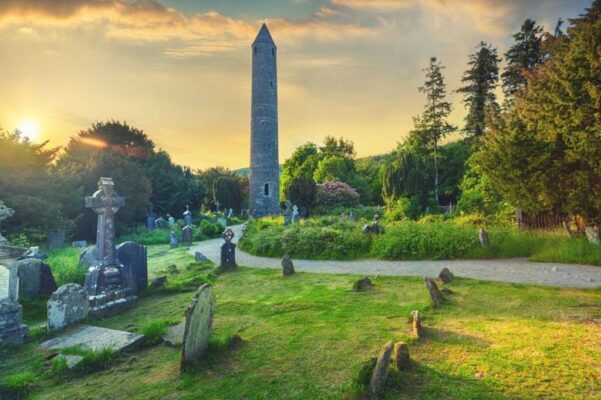
Enchanting and enigmatic, Glendalough holds within its embrace one of Ireland’s most significant monastic complexes. Founded by St. Kevin in the 6th century, this settlement gradually transformed into what we now refer to as the Monastic City.
For millennia, travelers have converged upon the valley of the twin lakes, drawn by its storied past, breathtaking landscapes, abundant wildlife, and captivating archaeological discoveries.
The monastic enclave, featuring an impeccably preserved round tower, beckons exploration, while the encompassing woodlands and lakes offer idyllic opportunities for leisurely strolls or serene picnics. Well-defined nature trails invite you to venture forth, and a Visitor Centre stands ready to provide all the information necessary for an unparalleled day excursion.
6. Powerscourt Estate
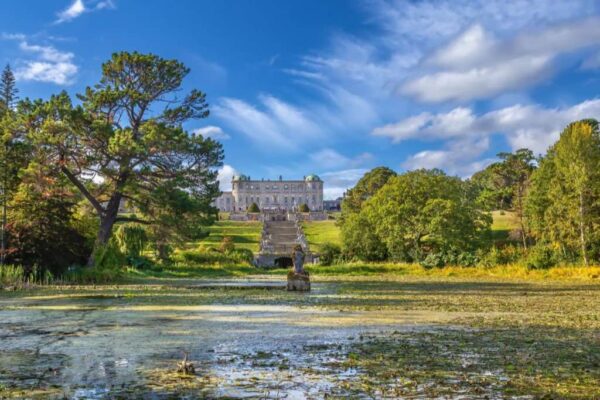
A mere 20 kilometers away from Dublin stands the incredibly majestic Powerscourt Estate. Situated within 47 acres of stunning land, the gardens were created 150 years ago with the concept of seamlessly integrating the grand residence into the encompassing scenery.
Enhanced by the imposing presence of the Great Sugar Loaf Mountains in the backdrop, the gardens host a diverse collection of 200 tree varieties, a rose garden, an Italian garden, and a spacious kitchen garden. Numerous pathways crisscross the expansive landscape, including one that leads to Powerscourt Falls, which boasts the title of Ireland’s tallest waterfall at 121 meters.
7. Guinness Storehouse
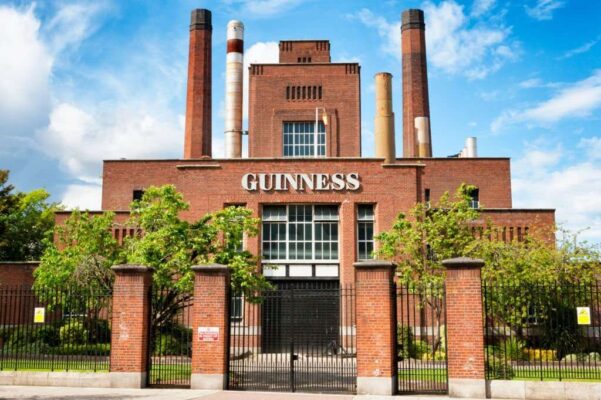
Nestled in the center of Dublin, you’ll find the legendary Guinness Storehouse. Since 1769, the brewery has been producing Guinness on this site, a legacy initiated when Arthur Guinness inked a lease spanning an astonishing 9,000 years. In the present day, this locale serves as a contemporary haven for Guinness enthusiasts, offering them the opportunity to delve into the art of crafting the renowned dark beverage, delve into its rich history, and naturally, savor its distinctive flavor.
8. Kilkenny Castle
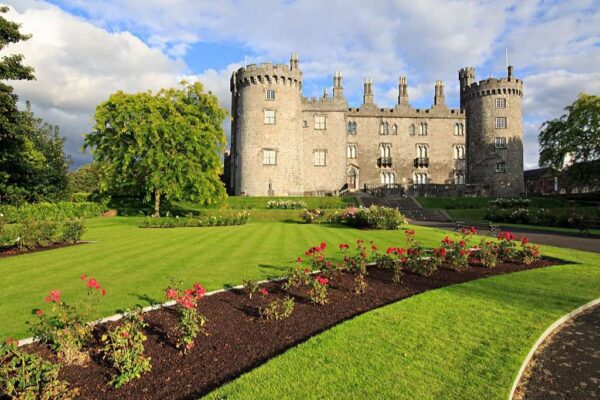
Despite having numerous different owners and having been rebuilt many times, Kilkenny Castle has stayed firm for almost 800 years. While it seems Victorian on the surface, the castle’s origins date back to the 13th century. This is when it was erected by William Marshal, who envisioned it as a “symbol of Norman Control.”
Today, tourists may stroll around the castle’s 50 acres of verdant gardens, which feature a gorgeous, tiered rose garden, towering, old trees, and a glittering, man-made lake. It is one of Ireland’s most popular tourist sites.
9. Giant’s Causeway
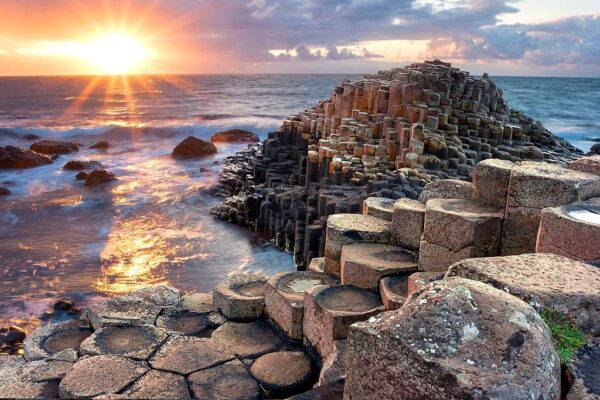
Embark on a journey to explore the magnificent wonders of Ireland’s must-see attractions, where you can trace the footsteps of legendary giants. One of the most renowned travel destinations is the Giant’s Causeway, a mesmerizing natural wonder consisting of 40,000 interlocking columns of basalt rock. These hexagonally shaped formations form a unique pathway, resembling steppingstones, that captivates visitors from around the globe.
The stunning pillars found in this location are truly remarkable, giving the impression of being meticulously crafted by human hands. However, these extraordinary rock formations originated from volcanic activity that took place approximately 60 million years ago. Embark on a scenic coastal journey and uncover the enchanting Wishing Chair, a majestic throne crafted by the graceful arrangement of rocks shaped by nature.
Accommodation: Where to Stay in Giant’s Causeway: Best Areas & Hotels
10. The Aran Islands
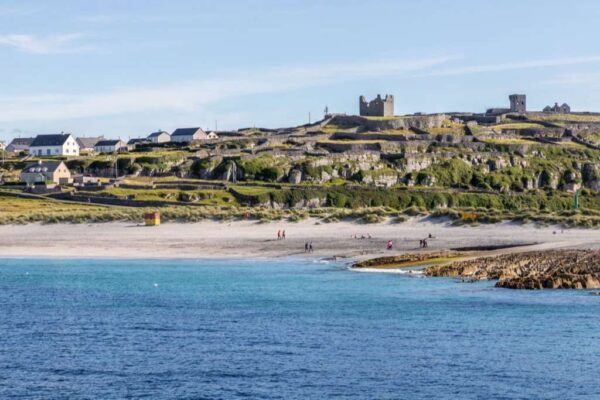
These islands were first presented to the world in 1934 via the dramatized documentary “Man of Aran,” and they have continued to enchant travelers ever since. This provides a glimpse of Ireland as it once was. With just approximately 1,200 residents, Gaelic remains the predominant tongue, and upon onshore, you’ll feel as if you’ve stepped back in time. The biggest island is Inishmore, followed by Inishmaan, and the smallest is Inisheer.
Untamed, windy, rough, and completely unique, the islands provide an unforgettable tourist experience. The massive stone stronghold of Dun Aonghasa and the towering Aran cliffs will stay memorable once you’ve seen them. The local culture is distinct from that of the mainland, the archaeological history is unparalleled, and the breathtaking landscape is absolutely breathtaking.
Accommodation: Where to Stay in Aran Islands: Best Areas & Hotels
11. Kinsale
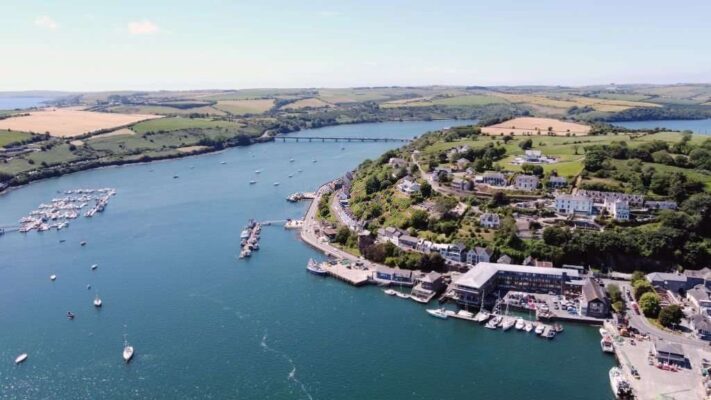
The medieval fishing harbor of Kinsale conceals a treasure trove of historical secrets. The ancient meandering lanes of the vibrant coastal village are adorned with diverse art galleries, local boutiques, cozy pubs, and exceptional eateries – so remarkable, in truth, that the town proudly holds its very own annual Gourmet Festival.
Travelers converge upon the town from around the globe to relish yachting, leisurely strolls, and fishing amidst the picturesque environs, all under the watchful gaze of the towering 17th-century fortress.
Accommodation: Where to Stay in Kinsale: Best Areas & Hotels
12. Newgrange
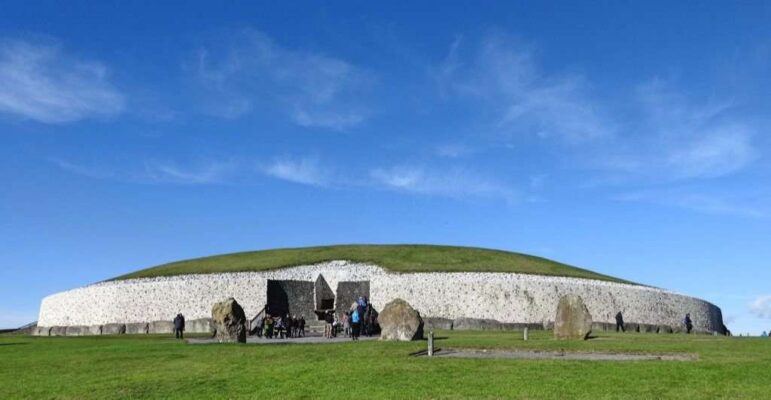
Constructed in the distant year of 3200 BC, the ancient stone edifice of Newgrange’s tomb stands as a testament to time. This domed Megalithic Passage Tomb is thought to have required the efforts of 300 individuals laboring over two decades, encompassing a sprawling expanse exceeding one acre. Its inner stones are adorned with the intricate spirals and curves characteristic of Neolithic rock art.
Come the Winter Solstice, a remarkable phenomenon occurs as the sun rises, its rays infiltrate the structure through a roof box at the entrance, bathing the passageway and inner chamber in an astonishing illumination.
13. The Ring of Kerry
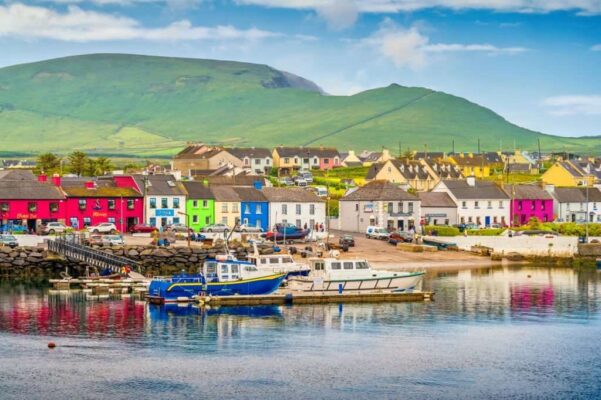
While in Kerry, make sure to dedicate some time to discover what is perhaps Ireland’s most picturesque route, the Ring of Kerry (Iveragh Peninsula). Although you can commence your journey from any point along this breathtaking 111-mile-long tourist path, most individuals prefer to embark from either Kenmare or Killarney, culminating, quite naturally, at the same starting point.
The complete uninterrupted voyage could potentially be completed in less than three hours, although that scenario is quite unlikely. Along the way, you’ll be treated to a plethora of awe-inspiring vistas of the Atlantic Ocean, opportunities to explore exquisite islands, the majesty of sweeping untamed mountains, and an array of charming villages that are nothing short of picturesque.
14. Kylemore Abbey
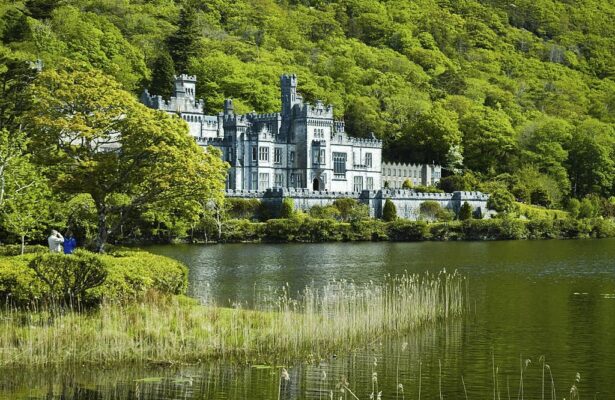
Constructed in 1867, the sprawling and expansive Kylemore estate was a grand gesture from a prosperous physician to his beloved spouse. This castle was eventually acquired by Benedictine Nuns who, having fled Ypres in 1920, established a Catholic boarding school aimed at educating both local and international Catholic girls.
In the present day, this remarkable structure, situated along the banks of Kylemore Lake, warmly welcomes visitors. These guests can traverse the lavishly adorned hallways, explore the delights of the enclosed walled garden, and leisurely wander through the extensive 1000-acre grounds.
15. Skellig Michael
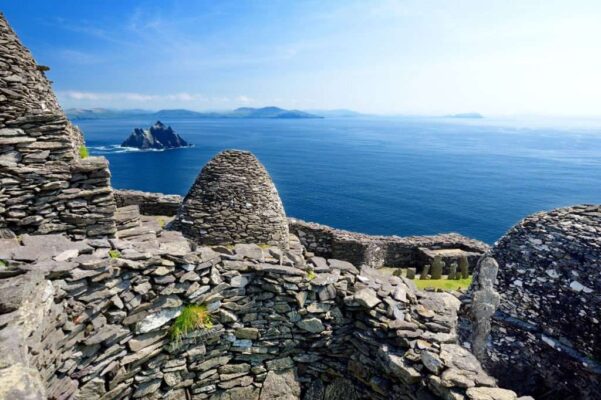
If you like Star Wars, you should go to Skellig Michael; if you don’t, you should go anyhow since it’s breathtakingly gorgeous. The rocky island rises out of the Atlantic close off the Iveragh Peninsula and was visited by austere monks who picked the towering sea crag as a location to live and pray during the sixth and eighth centuries.
The island is unique not only because of its austere natural surroundings but also because of the astounding exploits of the monks who lived in such a difficult climate and created monastery buildings that still stand today.


